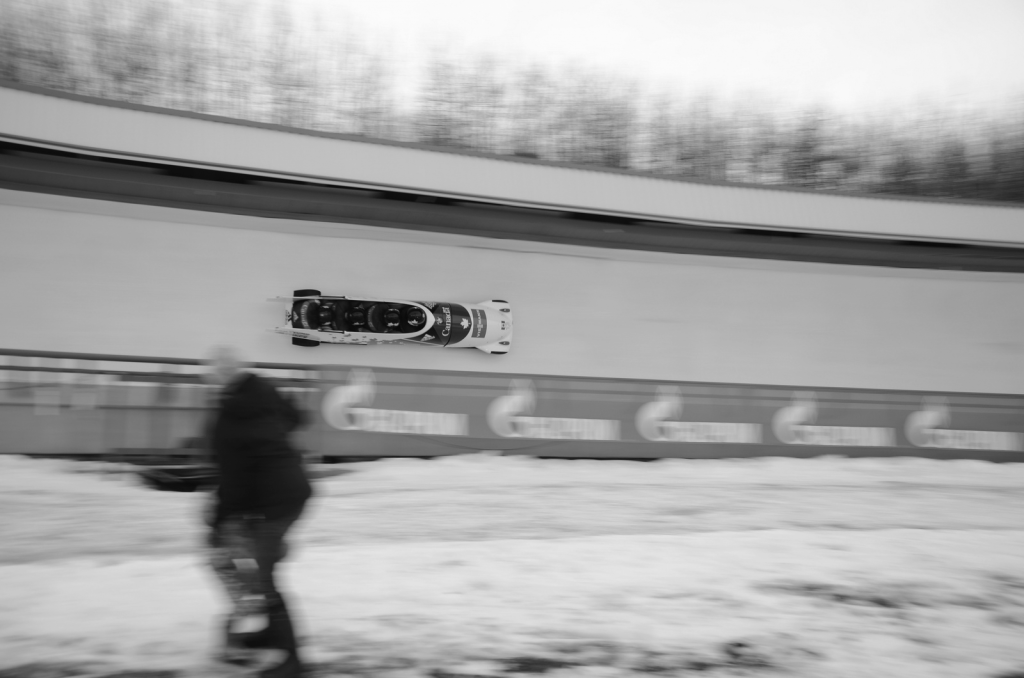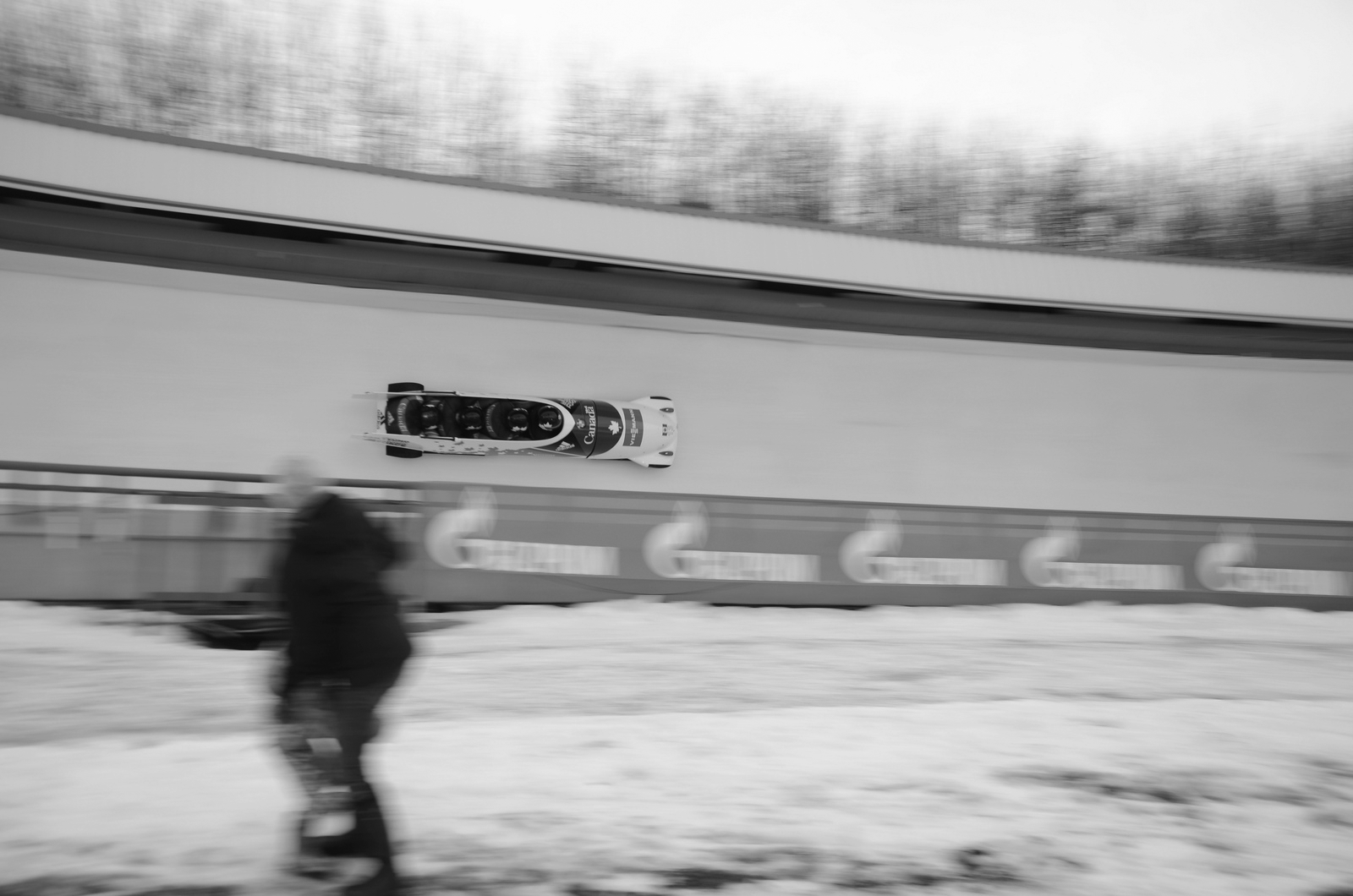By Dessa Bayrock (The Cascade) – Email
Print Edition: February 19, 2014

The Olympics are a lovely time of year. Countries come together, housing athletes in a miniature village of international cooperation and good-natured competition, to represent how we can all get along and love each other.
But along with the best athletes from every country, a fair number of white elephants show up to play.
You probably know what I’m about to say. At this point, it’s hardly a secret: few, if any, Olympic athletes make enough from their sports to sustain themselves financially. A certain amount of government funding is available to Olympic-level athletes, but a surprising number of Olympians live well below the poverty line. According to a survey done by the Track and Field Athletes Association in 2012, 50 per cent of track and field athletes who rank top 10 in their countries make less than $15,000 a year.
I made more than that last year.
But even more surprising than the sheer underpaid-ness of Olympic athletes is how acceptable this underpaid-ness has become. Where would Olympic coverage be, after all, without the profile of the poverty-line athlete who is overcoming all adversity, so thankful for the last-minute sponsorship this coverage might rustle up for them. We are pointing at the white elephant. We are saying “Isn’t this sad? No, isn’t this sad?”
Every country expects certain members of society will represent the nation on an international level. Sometimes these people are artists, or authors, or musicians. Sometimes they are athletes.
The only thing these have in common is passion — they love what they do. Their creations and performances are the reason they get up in the morning.
I know this because none of these people are paid well, and they may never be paid well. If they didn’t have passion, they wouldn’t be in it.
Tunnel vision is necessary to success, because the big money — the endorsements, the sponsorships, the grants — only start arriving once an athlete is in the top percentile of what they do.
Even being the top of the top doesn’t guarantee funding — woe betide the athletes that compete in unpopular sports. We’ll put a swimmer on a cereal box, sure, but we have to draw the line somewhere. Hockey: sexy, very sexy. Weight-lifting: not sexy. Volleyball: sexy, sexy, sexy. Fencing: definitely not sexy.
So in a catch-22, athletes have to be good at what they do in order to become popular and (they hope) financially stable. But in order to be good at what they do, they have to train as close to full-time as possible — which requires financial stability.
Ever wonder why so many inspiring Olympic commercials highlight the supportive parents? Those parents are still housing their Olympic children. You can’t train full time and still afford to pay rent — not without burning out.
And yet we expect our athletes to become the best of the best of the best on the international stage.
“It was two-fifths of a second!” we yell at our television screens as a bobsledder fails to qualify for finals. “You couldn’t be just two-fifths of a second faster??”


